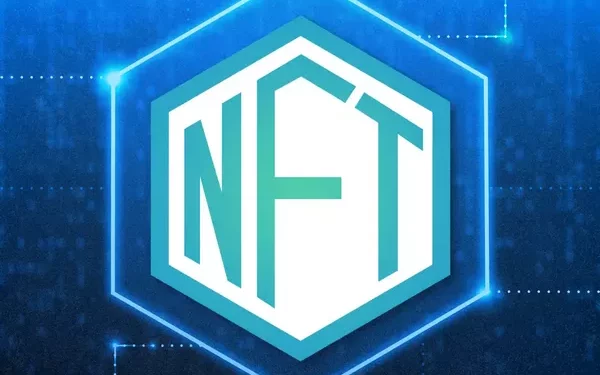In recent years, Non-Fungible Tokens (NFTs) have taken the digital world by storm, revolutionizing the way we perceive and trade digital assets. NFTs have become a hot topic in the realms of art, gaming, and entertainment, providing a unique solution to the problem of ownership and authenticity in the digital space. In this article, we delve into the top 5 NFT tokens that have captured the imagination of enthusiasts and investors alike.
1. Ethereum (ETH): The Pioneer of NFTs
Ethereum, the second-largest cryptocurrency by market capitalization, is hailed as the pioneer of NFTs. The Ethereum blockchain, with its robust smart contract capabilities, laid the foundation for the creation and trading of NFTs. ERC-721, a standard developed on the Ethereum blockchain, is the driving force behind most NFTs, allowing for the creation of unique and indivisible tokens.
The popularity of Ethereum in the NFT space is evident in the sheer volume of NFT projects and marketplaces built on its blockchain. From digital art platforms like OpenSea to virtual real estate in Decentraland, Ethereum continues to be the go-to blockchain for NFT enthusiasts.
2. Binance Coin (BNB): NFTs on the Binance Smart Chain
Binance Coin (BNB), the native cryptocurrency of the Binance Smart Chain, has made significant strides in the NFT space. Binance Smart Chain provides an alternative to Ethereum, offering faster and more cost-effective transactions. This has attracted a considerable number of NFT projects to build on Binance Smart Chain.
NFT marketplaces like BakerySwap and Venus are gaining traction on Binance Smart Chain, offering a diverse range of digital assets. BNB’s integration into these platforms has facilitated seamless transactions and increased accessibility for users looking to explore NFTs without the high gas fees associated with Ethereum.
3. Flow (FLOW): Powering the Next Generation of NFTs
Flow has emerged as a blockchain specifically designed for NFTs, catering to the growing demand for scalable and user-friendly solutions. Developed by Dapper Labs, the creators of CryptoKitties, Flow aims to provide a more efficient and scalable infrastructure for NFTs.
One of the standout features of Flow is its ability to handle a large number of transactions per second without compromising on decentralization. This has made it a preferred choice for high-profile NFT releases, such as NBA Top Shot, where users can buy, sell, and trade officially licensed NBA collectibles.
4. Polygon (MATIC): Enhancing Scalability on Ethereum
Polygon, formerly known as Matic, has gained prominence as a layer 2 scaling solution for the Ethereum blockchain. With Ethereum facing challenges related to high gas fees and network congestion, Polygon offers a solution by providing a sidechain that operates in conjunction with Ethereum.
NFT projects like Aavegotchi and Decentral Games have embraced Polygon to enhance scalability and reduce transaction costs. Polygon’s commitment to interoperability allows users to seamlessly transfer assets between Ethereum and Polygon, expanding the possibilities for NFT enthusiasts.
5. Tezos (XTZ): Fostering Innovation in NFTs
Tezos distinguishes itself by focusing on on-chain governance and the ability to upgrade without the need for hard forks. This adaptability has positioned Tezos as an attractive blockchain for NFT projects seeking a dynamic and evolving ecosystem.
Tezos’ emphasis on security and formal verification makes it an appealing choice for NFT marketplaces and creators looking for a robust and secure platform. With projects like Hic et Nunc gaining popularity, Tezos is becoming a noteworthy player in the NFT landscape.
See Also: Should I Invest in NFT Art: The Lucrative World of Tokens
In conclusion
The NFT space continues to evolve, and these top 5 tokens play a crucial role in shaping its trajectory. Ethereum remains the bedrock of NFTs, while Binance Coin, Flow, Polygon, and Tezos offer diverse solutions to address scalability, cost efficiency, and innovation. As the NFT ecosystem expands, these tokens are likely to play an instrumental role in shaping the future of digital ownership and creativity.
Related topics:

















